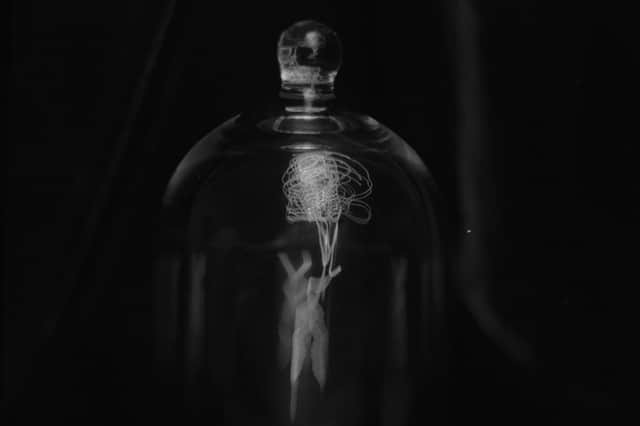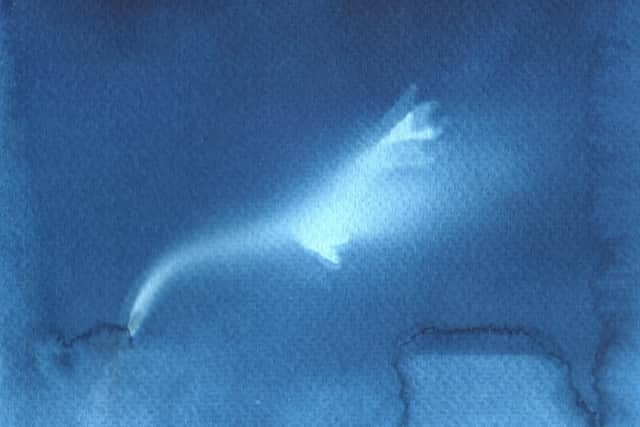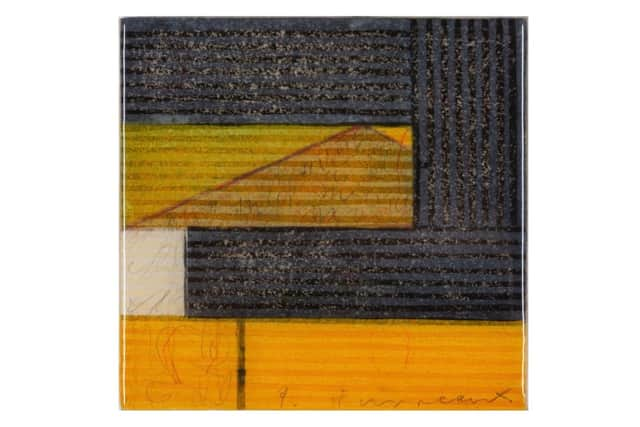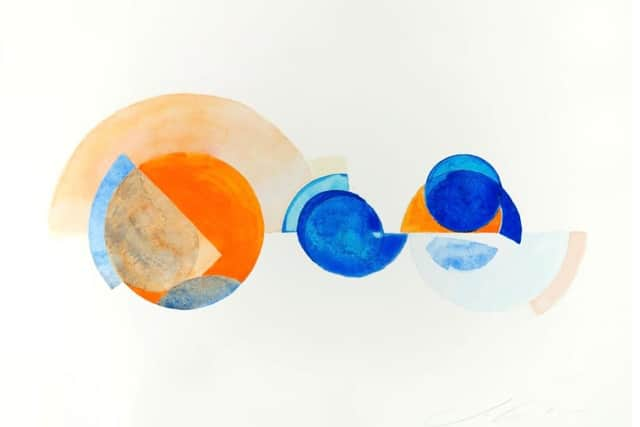Art reviews: Photographing Fairies | Academicians in Isolation II


Photographing Fairies, Stills, Edinburgh ****
Academicians in Isolation II, Royal Scottish Academy, Edinburgh ****
The camera can never lie, we are told, but of course it has been fibbing shamelessly more or less since Fox Talbot invented the process. Now with CGI the scope for its mendacity is extended beyond imagination. From the start Fox Talbot was intrigued by what he described as his “fairy pictures,” as though his new invention could not just capture what is seen, but also what the human eye cannot capture. There has been a tradition of faked pictures of ectoplasm and ghostly presences ever since. One of the most celebrated photo-hoaxes was the work of two girls, Frances Griffiths and Elsie Wright, who claimed they had met and photographed fairies in 1917. Cousins, Frances was just nine and Elsie 16 when they borrowed Elsie’s father’s camera and photographed the fairies they said they had met at the bottom of their garden in Cottingley in Yorkshire. The first photo showed Frances with a ring of fairies dancing in front of her. A picture followed of Elsie holding out her hand to a foot-high gnome. Elsie’s father was sceptical, but her mother showed them to Edward Gardner, a leading member of the Theosophical Society, and he was very excited.


Advertisement
Hide AdIn 1917, Theosophy, a mystical quasi-religion, and Spiritualism were both fashionable. People needed a bit of spiritual comfort and in this atmosphere, the girls’ photographs were topical. Gardner came back for more. The girls obliged and Arthur Conan Doyle, also a theosophist, wrote an article about them in Strand Magazine in 1920. The centenary of that article is the cue for Stills in Edinburgh to put on an exhibition, Photographing Fairies, about the Cottingley fairies. As part of the gallery’s Creative Learning programme, the online show also includes modern fairies created by today’s young people, as well as work by professional artists.
Conan Doyle’s article was a hit. A painting by Richard Doyle is illustrated alongside the fairies, but what the show doesn’t explore is that the artist was Conan Doyle’s uncle and that both he and the author’s father, Charles Altamont Doyle, were celebrated cartoonists who specialised in fairy pictures. Richard Doyle, for instance, painted fairies streaming into the night sky from the crown spire of St Giles in Edinburgh. Fairies, you might say, were in Conan Doyle’s blood.
Experts examined the photos, but because the authors were girls, always described as young and also as of “an artisan class,” fakery was thought beyond them. Also what they had done was so simple, looking for sophistication, nobody spotted it. They had cut out dancing figures from a magazine, put wings on them, pinned them to the bushes and taken the photographs. The fairies have fashionable bobbed hair. One or two people buried this, but presumably it was felt that fairies could keep up with fashion like anybody else. The hoax had a considerable afterlife too. Gardner made a living from it. The girls got nothing, but it was only in the 1980s that they explained what they had done.
The exhibition illustrates the story, partly from a graphic novel by Frank Quitely, and celebrates the imaginative ingenuity and indeed the strong-mindedness of these two remarkable girls. They held out against the weight of expert inquiry and media exposure and the exhibition shows how they had the last laugh, too. They look brilliant and Conan Doyle looks like an ass. Indeed, there is picture of him with dancing fairies made using a double exposure in 1921 which does just that. Nevertheless, as the exhibition also explores, in the wake of First World War, the need to believe in some kind of spirit world was understandable. The show also includes illustrations of contemporary (1920s) spirit photographs. Morwenna Kearsley has made a rather beautiful contemporary “spirit” picture on the same lines, a figure floating mysteriously a bell jar.


Fake news and fake imagery makes the Cottingley girls topical again, but they also look very innocent. The work produced by young people for the Stills project shows a darker mood is current. Their collaged fairies are not little girls in frocks with wings. (Classical winged victories were the fairy model.) They are monsters, more like the malevolent Gaelic fairies, the sidhe. Twelve-year-old Jayda Brown, for instance, has produced a really dark image of a vampire’s cave. Put together in a film, however, these fairies have a certain charm or indeed glamour. A Scots word from “grammar,” it invokes the mystery of literacy in an illiterate society. Magic in fact.
Like Conan Doyle in post-war and post Spanish flu Britain, in this pandemic we too need a little magic. I am not sure that it is exactly that, but the second part of the RSA’s Artists in Isolation does show lockdown hasn’t choked off creativity. Indeed, there are some beautiful things on view. Maybe it’s nothing to do with isolation, but there does seem to be more abstraction than usual. Jim Pattison’s freehand circles and ellipses are particularly satisfying, but they are matched by Jo Ganter’s beautiful polychrome geometries. While they still seem to be about weather and the sea, Marian Leven’s series Weather Watch 1,2 and 3, are broken into interacting abstract elements hovering beautifully between drawing and atmosphere. Alfons Bytautis’s four collages are bolder and chunkier than those we have seen by him recently. In a lovely print, Path Way, Paul Furneaux moves away from his usual rectangles to more fluid shapes that suggest water and night sky.
Advertisement
Hide AdThere are straightforwardly figurative images too, however. Adrian Wiszniwski gently mocks himself in Pot Boiler, a painting of two boys doing just that, boiling a pot. Gareth Fisher hovers between abstraction and representation. Untitled VI, for instance, has historic portraits collaged onto a wandering, watercolour stem. Barbara Rae has two very beautiful deep blue landscapes, while Henry Kondracki paints the pink evening sky in summer looking out over the Forth. More topically, Edward Summerton proclaims the End is Nigh “working from home” – I hope not – while Ross Sinclair offers a set of T-shirts bearing legends of contemporary relevance like “You’re on Mute,” or “Send Zoom Link” or simply “Covidiot.” In Still as Statues (delete as applicable) Stewart Duffin airs, sarcastically, a different contemporary topic. “How times change, The Infallible Law of Error.’ Statues of Cecil Rhodes, Martin Luther King, Mahatma Ghandi and others have interchangeable labels. There is much else to admire, but mostly we must admire the way our artists have soldiered on against the depressing mood induced by the compound of isolation and bad news.
Photographing Fairies runs until 19 August at https://stills.org/; Academicians in Isolation II until 21 March at www.royalscottishacademy.org/


A message from the Editor
Advertisement
Hide AdThank you for reading this article. We're more reliant on your support than ever as the shift in consumer habits brought about by coronavirus impacts our advertisers.
If you haven't already, please consider supporting our trusted, fact-checked journalism by taking out a digital subscription at https://www.scotsman.com/subscriptions